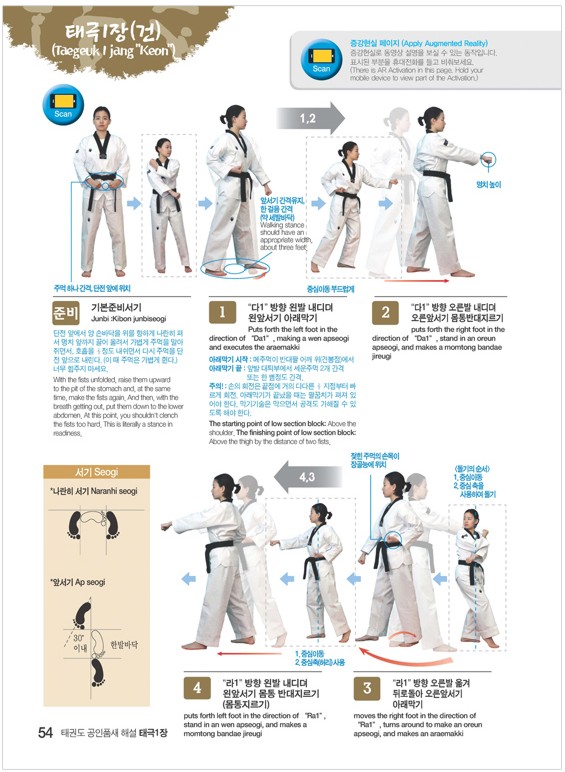
These schools were established by Korean martial artists with backgrounds in Japanese and Chinese martial arts. The governing body for Taekwondo in the Olympics and Paralympics is World Taekwondo.īeginning in 1945, shortly after the end of World War II and Japanese Occupation, new martial arts schools called kwans opened in Seoul. In 2018, the South Korean government officially designated Taekwondo as Korea's national martial art. Gyeorugi ( ), a type of full-contact sparring, has been an Olympic event since 2000.


The main international organisational bodies for Taekwondo today are the International Taekwon-Do Federation (ITF), founded by Choi Hong-hi in 1966, and the partnership of the Kukkiwon and World Taekwondo (WT, formerly World Taekwondo Federation or WTF), founded in 19 respectively by the Korea Taekwondo Association. The oldest governing body for Taekwondo is the Korea Taekwondo Association (KTA), formed in 1959 through a collaborative effort by representatives from the nine original kwans, or martial arts schools, in Korea. It is a combat sport and was developed during the 1940s and 1950s by Korean martial artists with experience in martial arts such as karate, Chinese martial arts, and indigenous Korean martial arts traditions such as Taekkyon, Subak, and Gwonbeop. Taekwondo practitioners wear a uniform, known as a dobok. The physical training undertaken in Taekwondo is purposeful and fosters strength of mind through mental armament. They are a kind of martial arts in which one attacks or defends with hands and feet anytime or anywhere, with occasional use of weapons. The literal translation for tae kwon do is "kicking", "punching", and "the art or way of".

Taekwondo, Tae Kwon Do or Taekwon-Do ( / ˌ t aɪ k w ɒ n ˈ d oʊ, ˌ t aɪ ˈ k w ɒ n d oʊ/ Korean: 태권도/跆拳道 ( listen)) is a Korean form of martial arts characterized by punching and kicking techniques, with emphasis on head-height kicks, spinning jump kicks, and fast kicking techniques.


 0 kommentar(er)
0 kommentar(er)
